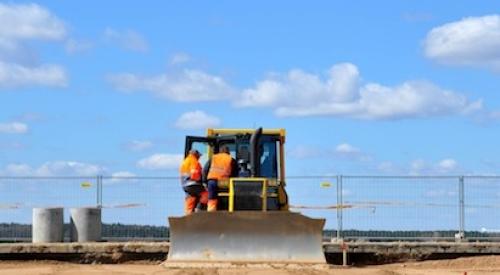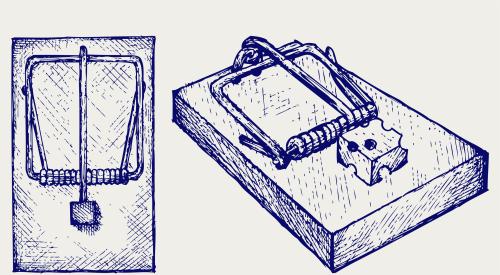It's close to Mother’s Day as I write this and ads everywhere are hawking the customary gifts of flowers, chocolates, and the usual household items, such as blenders and vacuums. The newest gadget on this list is the Instant Pot, which, according to its makers, combines seven appliances in one and features smart programs that will make your favorite dishes “as easy as pressing a button.” (Image: tookapic via Pixabay.)
As we know, some years ago women started to rebel against getting household items as gifts because it seemed to mean that taking care of the house was solely their responsibility. These days, with more women working and more couples sharing cooking and cleaning duties, the gift of something that can truly lighten the load, such as a meal delivery kit subscription, is becoming more welcome. And really, who doesn’t want something that can help them accomplish necessary tasks quicker and more easily?
That goes for home builders, too. Why, then, are builders using the same basic materials and tools that their grandfathers used? Sure, there has been incremental change, and some new products have made a difference in how things are done and how long it takes to do them. New technologies have made it possible to create and engineer designs that help avoid corrective rework, as well as develop HVAC systems that are more energy efficient, building materials that provide healthier indoor air quality, and synthetic components that are easier to work with and outlast their predecessors, to name just a few.
But even with these advances, the construction sector has, according to the U.S. Bureau of Labor Statistics, lagged behind almost all other industries in productivity growth for decades. Why? One explanation is that the industry is fragmented and doesn’t possess the equivalent of global concerns with the capital to invest in the research and development of new processes. Other reasons have to do with the trades, including a lack of training, time wasted in the interaction among different trades, and, of course, a shortage of the laborers themselves—a problem for which we currently have no real solution.
Lately, building product manufacturers have been approaching the productivity and labor shortage issue from a different angle: making the materials and products themselves easier to select and install. Some companies now offer entire systems of products, with individual components that install and work together by design. Others are reengineering their products to make them less cumbersome: siding that is lighter and easier to handle, for example, making installation by one person possible. Still others have combined two previously discrete jobs into one by combining materials, such as sheathing and underlayment.
But lots more can and should be done, and much of the impetus for it should come from builders who buy and work with these products. Have you ever wished a product was just a little bit different or thought about how much simpler it would be to perform a certain task if you could change one thing about a product?
If so, take a look at Tony Callahan’s excellent article on new-product development, then spend some time walking through the steps with everyone on your team to identify some of the inefficiencies in the design or installation of the products you use, and see if you can come up with some possible solutions.
If you think you have a good idea, talk to your suppliers and reps about it. Even small changes can reap large rewards, and while you may not invent the next Instant Pot, a product modification that takes some time out of your construction schedule would be well worth the effort.













